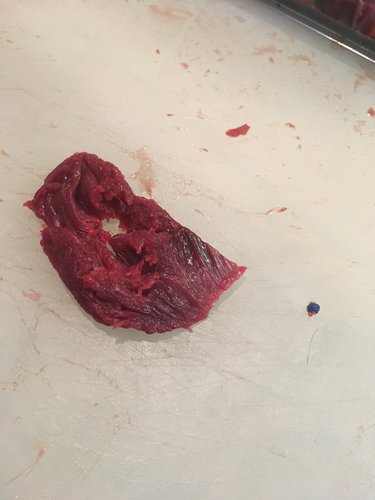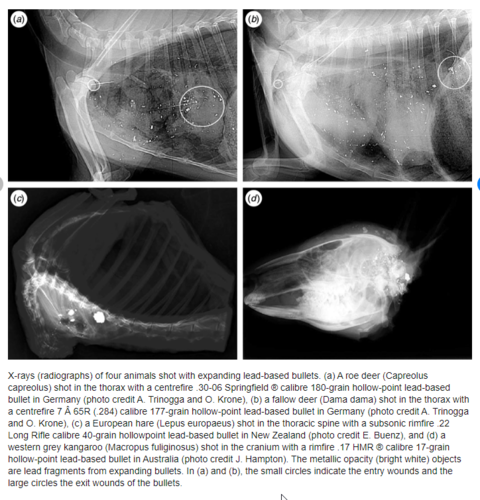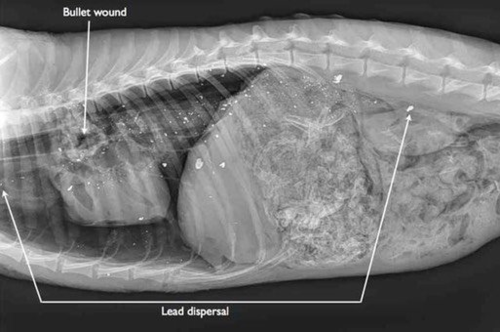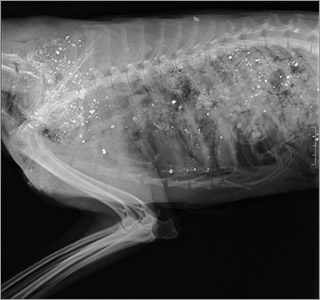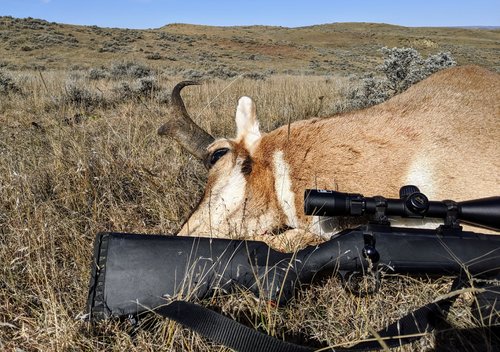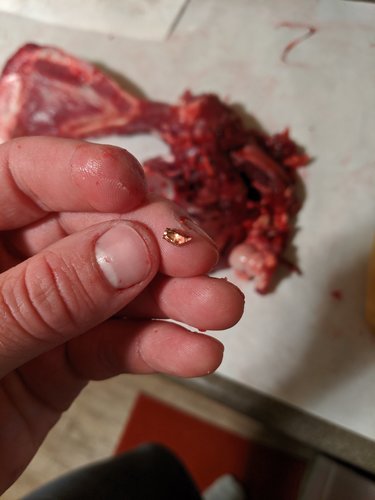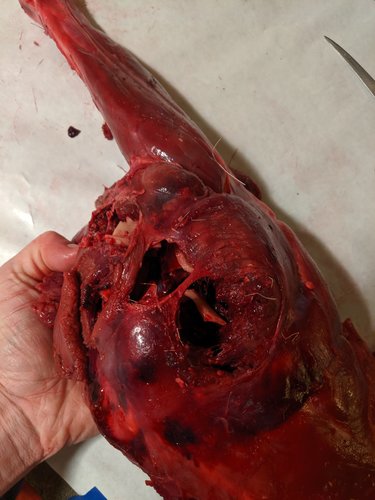sbhooper
Well-known member
It is a choice and copper is very good, especially with high velocity. I still say that it is much to do about nothing. It helps market the monos, though.There has never been a medical study that has shown eating wild game killed with lead ammunition to be the undisputed vector of lead poisoning.
Lead has proven very harmful to humans. Lead ammunition has also been shown to spread dramatically further into meat than we previously believed.
Recommendations of state agencies to move away from lead is due to these findings.
I recently had this conversation with several CU physicians, as well as a doctor in Anchorage. One thing I learned was that the lead tests people take are wildly inaccurate and none of the doctors present said that they would rule out lead poisoning if a patient was presenting with symptoms and the tests came back negative.
Just some food for thought.
I switched to copper last year because I like the cost and performance of copper and why take a chance.
So far no complaints, I had clean pass throughs and didn’t find any copper fragments.




